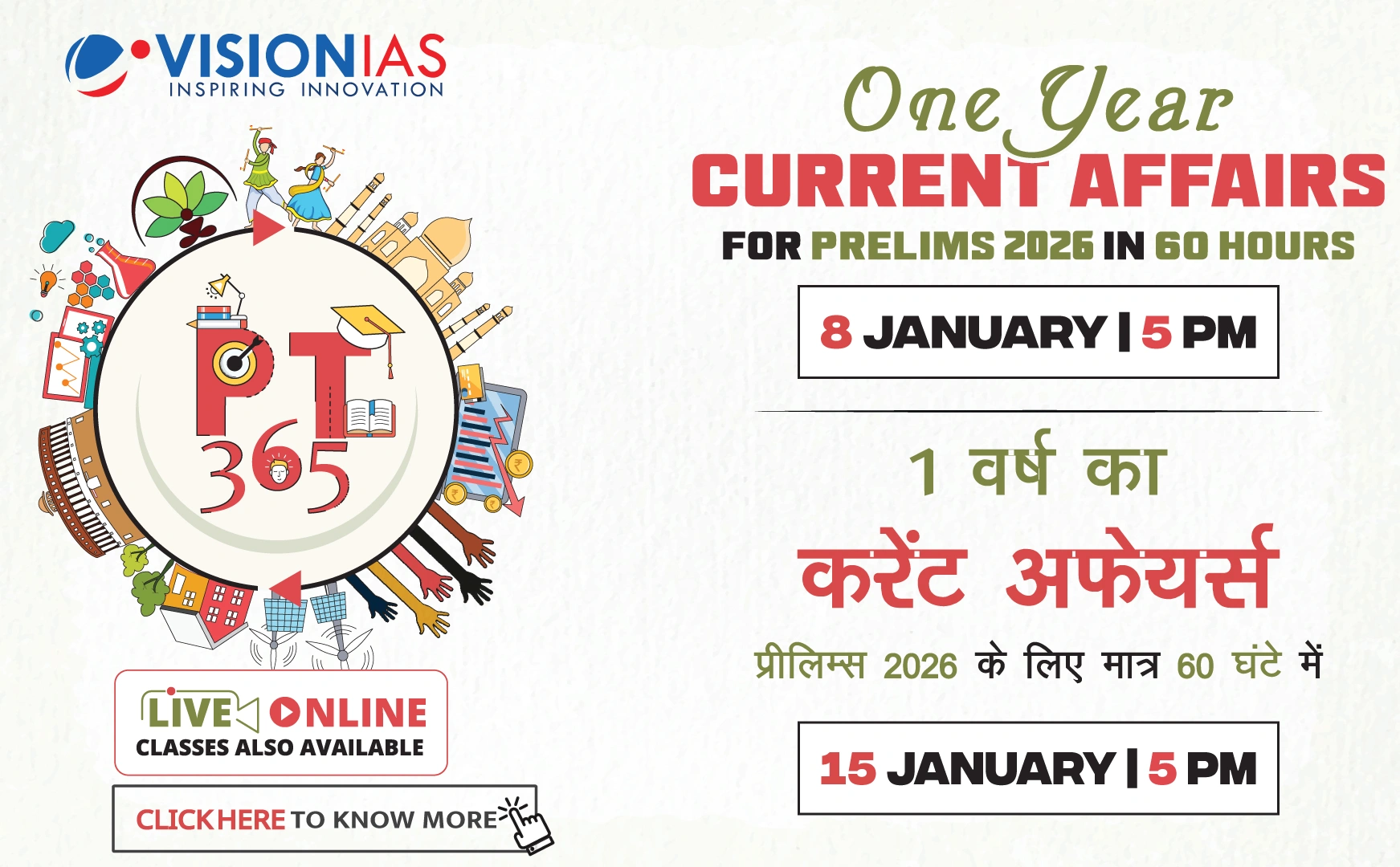Relations between Bangladesh and India
The bilateral relations between Bangladesh and India have reached a significant turning point following a political shift in Bangladesh. This change has opened up opportunities for enhancing collaboration while addressing existing tensions.
Political Context
- The Awami League regime was replaced due to a student-led mass uprising in July-August 2024.
- Professor Muhammad Yunus, as the Chief Adviser of the interim government, emphasizes the importance of maintaining a good relationship with India based on mutual respect.
Historical Collaboration
- The partnership dates back to the formation of Bangladesh, with ongoing benefits for both countries.
Achievements
Both nations have notable achievements that set a foundation for working together:
- India's technology sector and economy rank globally.
- Bangladesh is the second-largest garment exporter and leads in UN peacekeeping contributions.
- Microcredit models inspired by Bangladesh have been globally influential, including in India.
Challenges and Misunderstandings
- Concerns about the treatment of Hindus during a period of lawlessness have been exaggerated in Indian media.
- The interim government assures equal rights for all citizens and encourages unbiased reporting by Indian journalists.
Efforts to Revive SAARC
- Bangladesh has attempted to revitalize the defunct SAARC, but India has shown reluctance.
- Proposes symbolic gestures, like leaders posing together at global events, to demonstrate commitment to regional cooperation.
Positive Developments and Future Opportunities
- The exchange of fishermen and a trilateral agreement for clean energy access from Nepal are positive steps.
- Calls for halting border conflicts and fostering pragmatic engagement to benefit both nations.
The emphasis is on crafting a partnership that benefits both countries, the region, and the global community.



